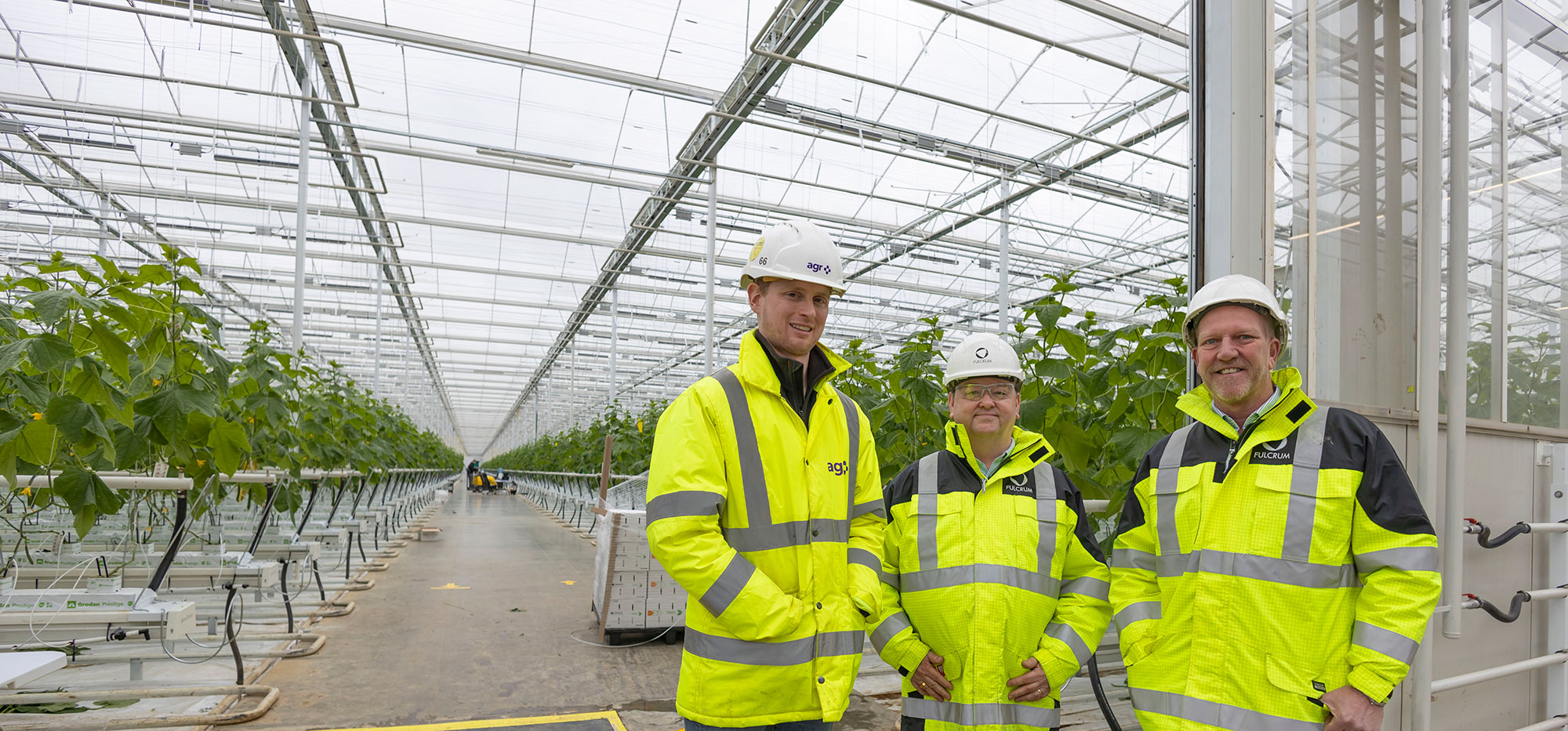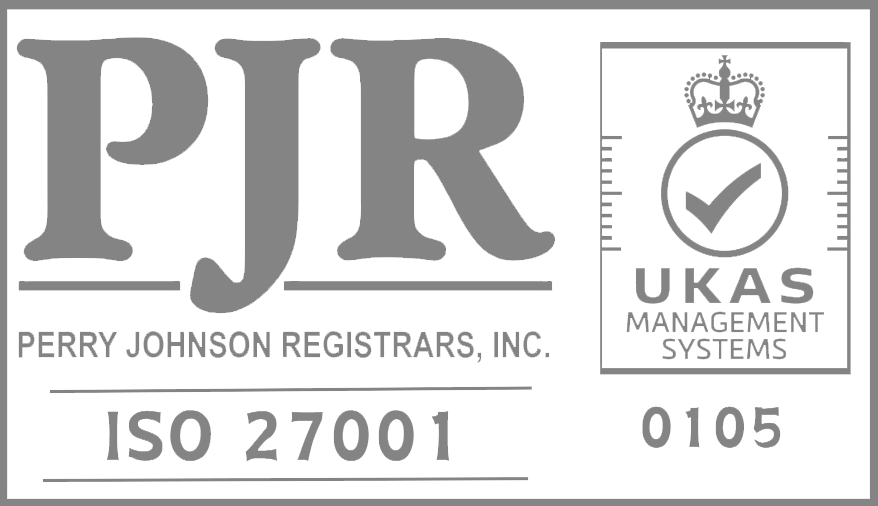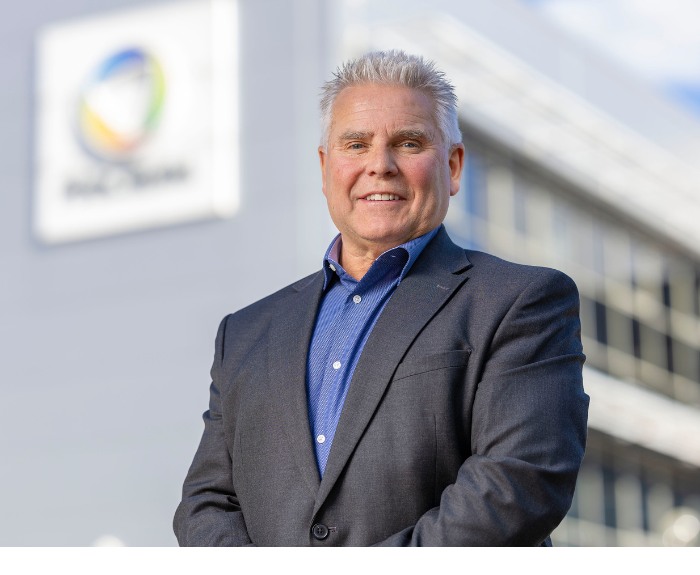Mega greenhouse given the power to grow by Dunamis

Fulcrum Group, the leading independent net-zero focused multi-utility infrastructure and services provider, has successfully delivered a major £5.5m project to power a 22-hectare vegetable growing facility.
Achieved on time and on budget, the Group has designed and installed multi-utility infrastructure at Greencoat Capital’s £85m greenhouse near Ely, Cambridgeshire, which is one of the largest of its kind in the UK and will have the capacity to grow 10 percent of the cucumbers consumed in Britain.
Fulcrum, Dunamis and Maintech Power overcame several challenges to successfully deliver the infrastructure, in addition to pandemic-influenced, UK-wide material supply issues, which further focused its efforts to complete the project on schedule.
Its engineers laid 12.8km of gas infrastructure, 2.5km of water infrastructure and 6.5km of 33kV electric cable through villages and alongside the major A10 trunk road, minimising the impact on the local environment and the Cambridgeshire countryside.
Most significantly, through a collaboration between Fulcrum and its group companies Maintech and Dunamis, was the construction of a 33kV substation, which was completed in seven weeks, more than half the time normally expected for this type of high voltage electrical structure.
The substation is connected to a Combined Heat and Power (CHP) Energy Centre adjacent to the greenhouse, which will power open loop heat pumps that use heat from the nearby reservoir to warm the structure.
As part of a world first, the CHP plant will also power LED lighting that will accelerate plant growth and increase year-round yields by 27%.
This renewable heating process is also supplemented by capturing CO2 produced by the gas-fired CHP Energy Centre used by the plants to further support the growth of the vegetables.
This will be the third renewably heated greenhouse developed by Greencoat Capital and will also generate almost 300 full-time and seasonal jobs. The project was delivered by Fulcrum in partnership with AGR Renewables.

“We were very proud to be part of this project, which is demonstrating innovation to support the decarbonisation of the agriculture sector. The greenhouse highlights the synergy that can exist between traditional and renewable energy resources to achieve production capabilities while reducing emissions.
The greenhouse’s integral role in the production of vegetables for the UK market drove tight delivery timescales, which we worked incredibly hard to achieve. Through the adaptability and commitment of our teams, who worked seven days a week across two shifts, we were able to deliver the infrastructure to the highest standard within the overall development’s timeline.”
Assembling an experienced and collaborative supply chain is an essential part of the delivery of this ambitious project. Fulcrum’s ability to be flexible and meet deadlines with the successful completion of the greenhouse’s multi-utility requirements ensured the development stayed on track and enabled our other contractors to also maintain the project’s timeline.
A fully accredited partner, you can trust






